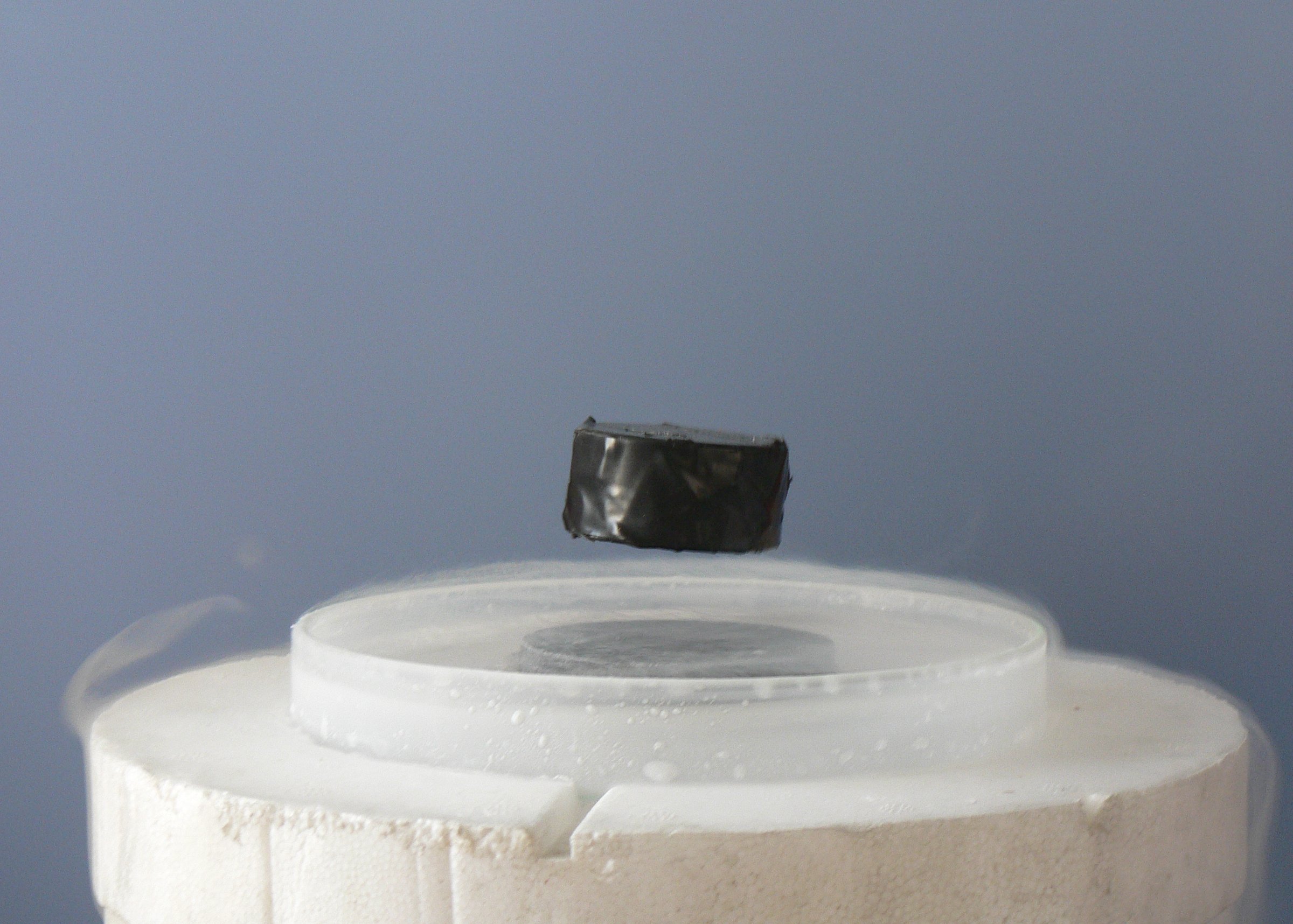Superconductivity
- Introduction to Superconductivity
- Theoretical Foundations
- Types of Superconductors
- Superconducting Materials
- Superconducting Phenomena
- Superconducting Devices
- Superconductivity and Quantum Computing
- Challenges in Superconductivity
- Future of Superconductivity
- Case Study: Superconductivity in Energy Sector
- Case Study: Superconductivity in Medical Field
- Case Study: Superconductivity in Transportation
Future of Superconductivity
New Superconducting Materials: Discoveries and Potential Applications

Electrical conductivity with exactly zero resistance.
Superconductivity, a phenomenon where materials exhibit zero electrical resistance and expulsion of magnetic fields, has been a subject of intense research since its discovery in 1911. The quest for new superconducting materials has been driven by the potential for revolutionary applications in various fields, from energy transmission to quantum computing.
Latest Discoveries in Superconducting Materials
In recent years, several new superconducting materials have been discovered. These include iron-based superconductors, heavy fermion superconductors, and most notably, hydrogen-rich compounds. The latter has shown promise for high-temperature superconductivity, a long-sought goal in the field.
Hydrogen-rich compounds, such as lanthanum hydride (LaH), have demonstrated superconductivity at temperatures much higher than previously thought possible. In 2019, researchers reported superconductivity in LaH at temperatures up to 250 K (-23°C) under high pressure. This is a significant step towards the ultimate goal of room-temperature superconductivity.
Properties and Potential Applications
The properties of these new superconducting materials open up exciting possibilities for applications. For instance, iron-based superconductors, despite their lower transition temperatures compared to copper-based superconductors, have unique properties such as a high upper critical field and strong spin fluctuations. These properties make them potential candidates for applications in high magnetic field environments.
Hydrogen-rich compounds, with their relatively high transition temperatures, could revolutionize energy transmission by reducing energy loss. They could also pave the way for more efficient and powerful superconducting magnets, which have applications in fields like medicine (MRI machines), particle physics (particle accelerators), and transportation (maglev trains).
Research Methods and Techniques
The discovery of new superconducting materials involves a combination of experimental and theoretical methods. Experimental techniques include crystal growth, electrical resistivity measurements, and magnetic susceptibility measurements. On the theoretical side, researchers use quantum mechanical calculations to predict new superconducting materials and understand their properties.
In the case of hydrogen-rich compounds, high-pressure techniques have been crucial. These materials only exhibit superconductivity under extreme pressures, which are achieved using diamond anvil cells. The high pressure allows hydrogen atoms to come close enough to form a metallic, superconducting state.
In conclusion, the discovery of new superconducting materials is a dynamic and exciting field, with the potential to revolutionize technology and society. As research continues, we can look forward to more breakthroughs and the realization of new applications.